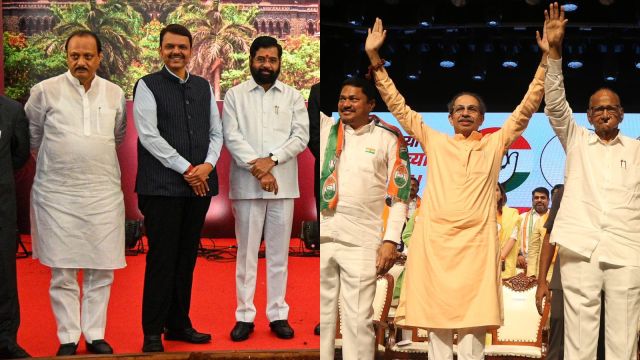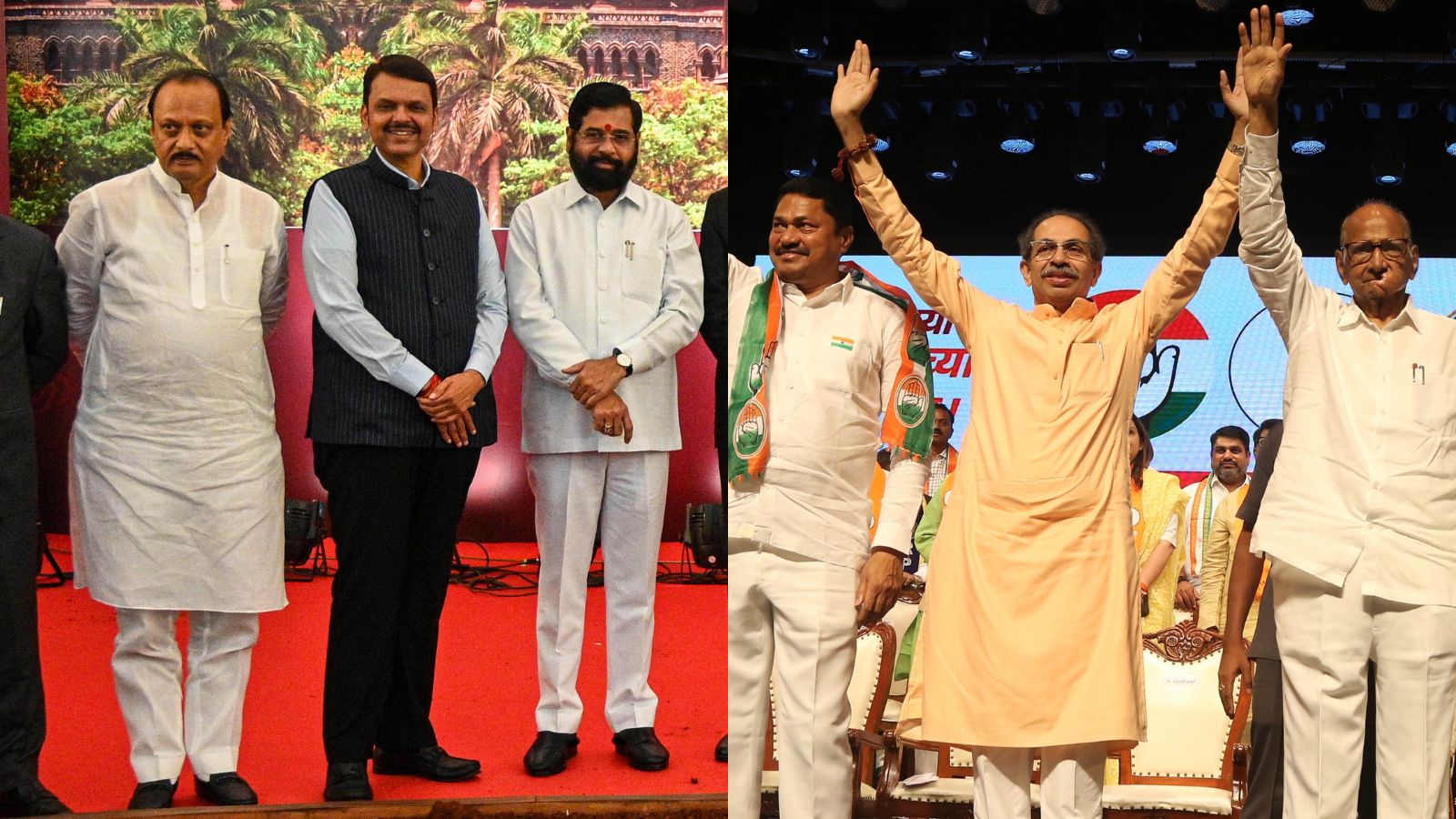
Dussehra 2024, celebrated on October 12, could probably indicate what lies ahead for Maharashtra post the assembly elections. Historically, Dussehra in Maharashtra has been known for two rallies, both in Nagpur. One at Reshimbaug, the RSS headquarters, where swayamsevaks gather to celebrate the organisation’s anniversary, and the other at Deekshabhoomi, where Dalits congregate in large numbers to commemorate the day in 1956 when B R Ambedkar embraced Buddhism. Other than these, one more mela has, since 1966, been known for making headlines: That of Shiv Sena founder Bal Thackeray. Dussehra in 2024, however, witnessed as many as seven such rallies. These included one rally each by the two Shiv Senas, a rally of predominantly OBCs that was held in Marathwada by the late Gopinath Munde’s daughter Pankaja and nephew Dhananjay, and a mega show of Marathas, in Marathwada again, led by maverick Manoj Jarange. Add to these, a newcomer to the Dussehra day rally, Raj Thackeray, addressing his supporters. Each one indicates growing social and political compartmentalisation of the state which the assembly elections are sure to accentuate.
Under its “developed state” status Maharashtra has always had social tensions beneath the surface. These came to the fore, thanks to then chief minister Devendra Fadnavis’s efforts to win over Marathas ahead of the 2019 state assembly elections. It was not as innocuous a move as it may seem. It was an audacious attempt by Fadnavis, an RSS-groomed Brahmin, to snatch Marathas away from Congress and NCP. Eager to make a political statement, Fadnavis announced Maratha reservation just ahead of the polls, hoping the state’s politically strong, single-biggest community would stand by him. Not only did the move backfire, it also opened a Pandora’s box. The Supreme Court, quite rightly, wasn’t kind enough to consider political exigency over the law and shot down the Maharashtra government’s decision, reasoning that it would cross the 50 per cent limit set for reservation.
Since then, the demand for Maratha reservation has grown many fold and tops the agenda of every political party in the state. As the pitch for Marathas became increasingly shrill, it had the collateral effect of bringing together OBCs and pitting them against the Marathas. This put the BJP in a fix, as it had a strong base amongst the OBCs. It would have been foolhardy to antagonise this traditional vote bank to win over a new one. Having realised this, Fadnavis, now a part of the government led by a staunch Maratha, Eknath Shinde, and which includes another Maratha, Deputy Chief Minister Ajit Pawar, found it difficult to keep the reservation pot boiling without having to decide. The ambivalent stand of the ruling trio —the Shinde-led Shiv Sena, BJP and Ajit Pawar-led NCP — eventually resulted in angering both Marathas and OBCs.
Then came the Dhangars (shepherd community) who feared being left out of this social game of extracting as much as possible from the government, and launched their own agitation for reservation. Much to the dismay of the Marathas and OBCs, the state government promised reservation to Dhangars too. The state’s generosity further deepened the social divide. Though no caste or community was actually able to get reservation, many saw an opportunity to demand a share of the rapidly-shrinking reservation pie. As it was next to impossible to accommodate each and every one into the “reserved” category, the state government found another way to buy peace with different social groups. It started setting up independent autonomous corporations with a seed capital of Rs 50 crore each for various communities. As of date, the Maharashtra government has formed as many as 17 corporations for various communities, such as fisherfolk, goldsmiths, Hindu Khatiks (Butchers) and even for Jains. Not many of these bodies will have a life outside the government files, since this move is nothing but an ego-massage.
The forthcoming assembly elections will test all these innovative ways of fighting political battles with social engineering. On the ground, it has already resulted in further deepening social rifts, percolating down to such an extent that, in some places, even newsmen are forming groups based on their castes. Needless to say, the situation is worse in rural areas, especially in the hotbed of Marathwada, where Maratha auto drivers refuse to carry non-Maratha passengers. As a result, the election ahead is a fight to see who has more communities to their side.
After the recent Parliament elections saw Dalits and minorities voting against the BJP en masse, there is now a serious attempt to win as much of their support as possible. The difference this time — which may eventually prove critical — is the wholehearted support of the RSS for the BJP. Unlike in the last Parliament election, the RSS is actively involved and its swayamsevaks are out on the field helping the BJP. It is in this changed reality that one can see the RSS chief’s statement at the Dussehra rally, where he asked swayamsevaks to “reach out to Dalits and forge friendships with them”. One has to be supremely naive not to see the RSS chief’s statement in the context of the state assembly elections. It is also not a coincidence that the BJP found itself at the receiving end of the social divide in Maharashtra and as such more in need of rapprochement with various social groups.
The election on November 20 will be the real test of how successful these attempts have been. Notwithstanding the outcome, however, Maharashtra will realise soon how challenging it is to mask the social divide that is not only out in the open, but is also being encouraged and used by both the ruling alliance and the Opposition.
The writer is editor, Loksatta
© The Indian Express Pvt Ltd
First uploaded on: 15-10-2024 at 19:41 IST



